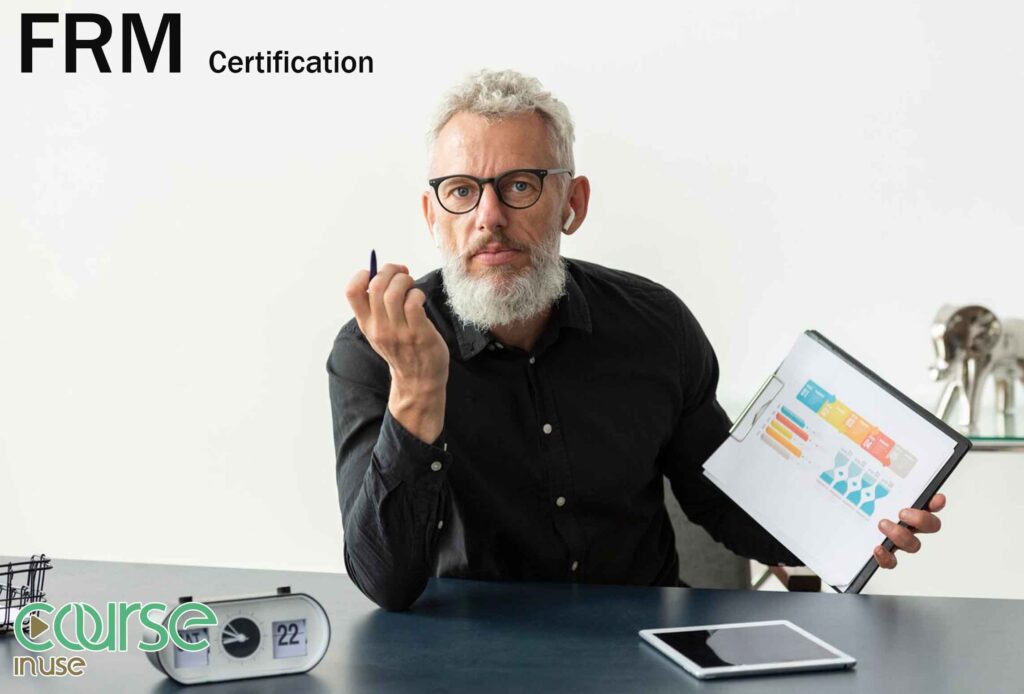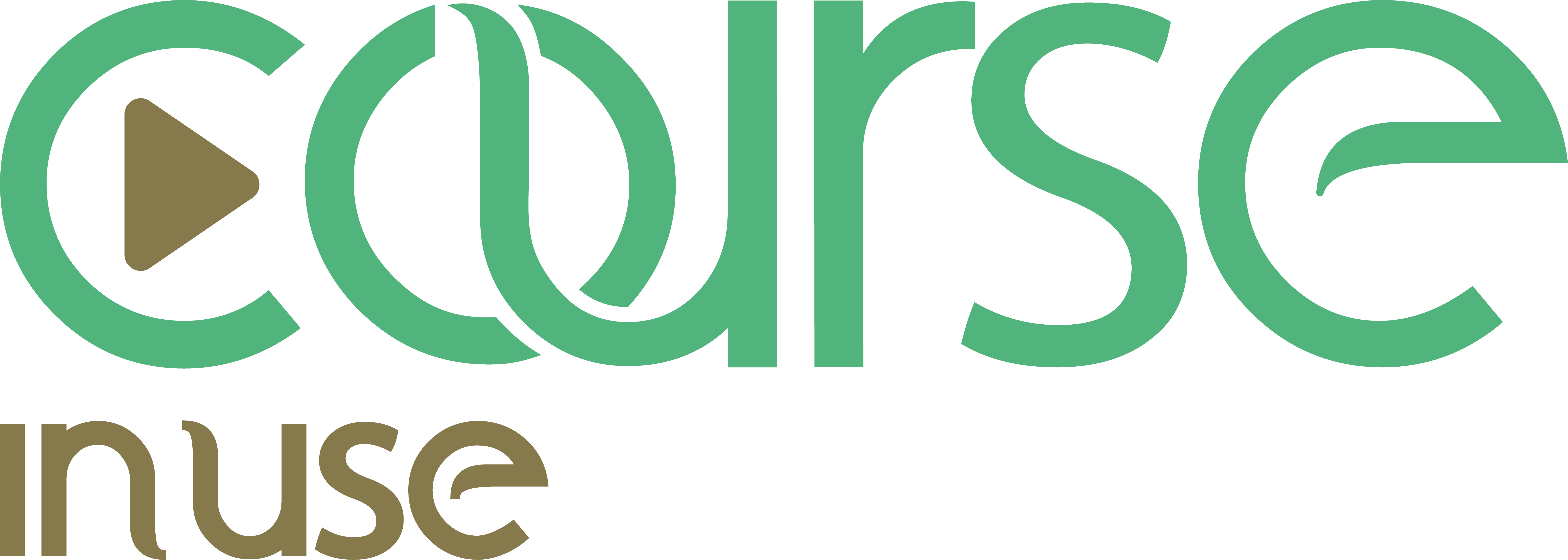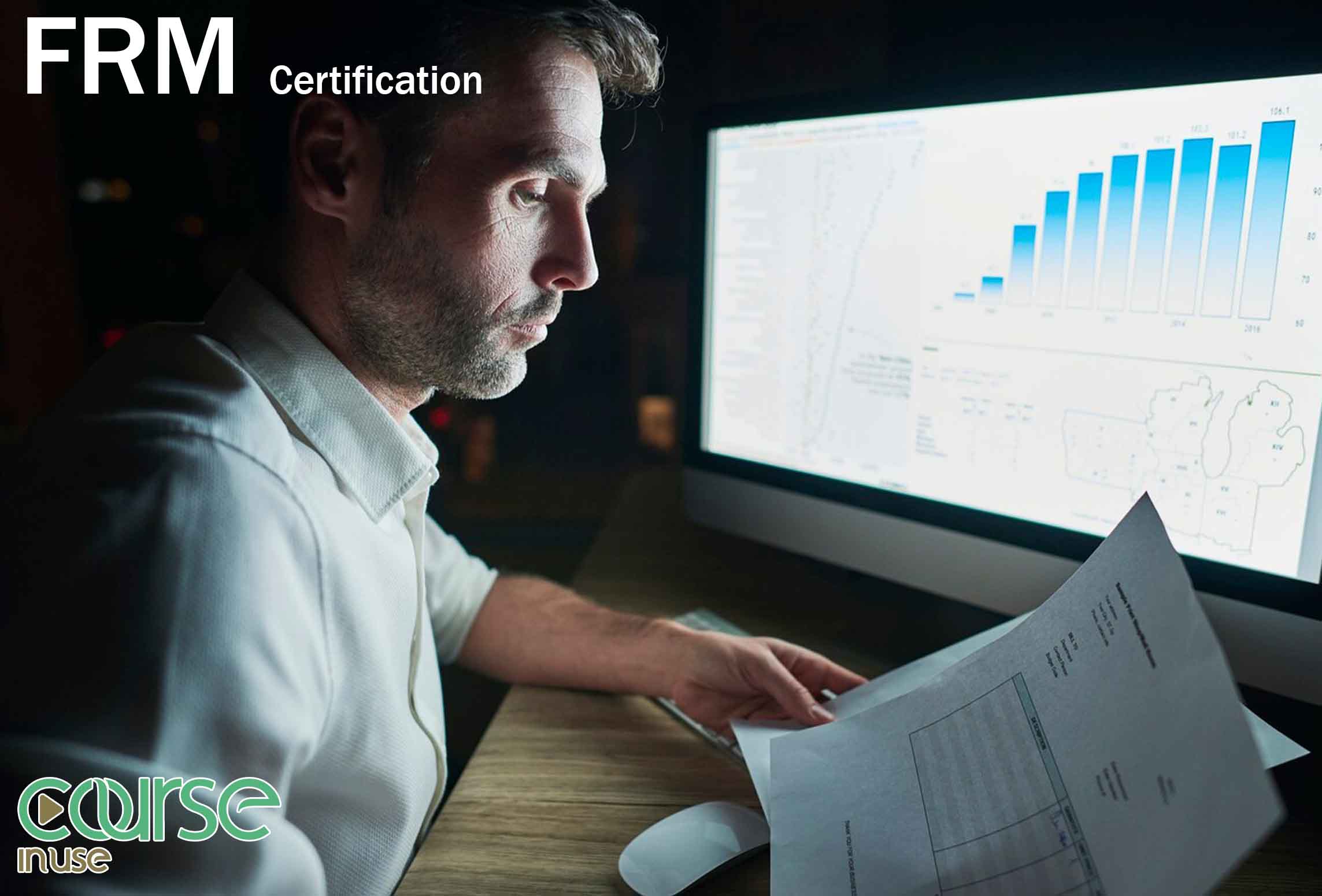In the fast-changing world of finance, Financial Risk Managers (FRM) are key. They help the financial world deal with risks. The FRM certification, given by the Global Association of Risk Professionals (GARP), is a top choice for risk management careers.
This guide covers the FRM certification. It talks about what a Financial Risk Manager does, why risk management is important, and how to get certified. It’s for both experienced finance pros and those new to risk management. This article will help you start your path to becoming a certified Financial Risk Manager.

Key Takeaways
- The FRM (Financial Risk Manager) certification is a prestigious credential offered by the Global Association of Risk Professionals (GARP).
- Financial Risk Managers play a crucial role in identifying, analyzing, and mitigating risks in the financial industry.
- The FRM certification covers a comprehensive curriculum, including foundations of risk management, quantitative analysis, and specialized risk management areas.
- Eligibility for the FRM certification requires a specific educational background and work experience in the finance or risk management field.
- Obtaining the FRM certification can lead to diverse career opportunities in the financial sector, including risk analysis, portfolio optimization, and regulatory compliance.
Understanding the Role of a Financial Risk Manager
In the fast-paced world of finance, financial risk managers are key players. They spot, study, and lessen risks that could harm a company’s financial health. They handle credit risk, market risk, and operational risk. Their work is vital for the success and long-term health of financial institutions.
Responsibilities and Duties of a Financial Risk Manager
Financial risk managers have many duties that help manage risks for an organization. Their main tasks include:
- Doing portfolio risk analysis to see how market changes and economic conditions might affect investments
- Creating and putting into action risk mitigation strategies to lower the risk of loss
- Keeping an eye on credit risk related to loans, deals, and financial products
- Looking at operational risk like system failures, mistakes, and rule-breaking
- Using risk analytics and math to understand and manage market risk
- Working with other teams to improve investment analysis and portfolio optimization efforts
Importance of Risk Management in the Financial Industry
The financial world has seen a big push for better risk management lately. Financial risk managers are essential for keeping financial institutions stable and strong. They protect them from dangers and help them deal with the changing financial world.
By using strong risk analysis and risk mitigation strategies, these experts help companies make smart choices. They boost competitiveness and keep investors, regulators, and the wider financial world trusting them.

FRM Certificate (Financial Risk Manager)
The FRM (Financial Risk Manager) certification is an accredited and recognized qualification from the Global Association of Risk Professionals (GARP). This certificate, which is a valid certificate for companies and financial organizations, shows a person’s individual skill in risk management, and having this certificate in your resume can make you very valuable to financial organizations. This certificate helps you as an expert to improve your skills in risk measurement and management, which includes credit risk, market risk, and operational risk. In other words, receiving this certificate shows a person’s commitment to excellence in quantitative finance and risk analysis.
FRM certification is highly respected in the financial world. This certificate, which gives you a deep understanding of risk management and its best practices, is also helpful in providing numerous job opportunities, in other words, the FRM certificate certifies your commitment and expertise in the field of risk management. Obtaining the FRM certificate is an important asset for you as an expert in the competitive market, which can improve your career prospects.

Eligibility Requirements for the FRM Certification
The FRM (Financial Risk Manager) certificate is a valid certificate for professionals who want to start their activity in the field of risk management. In the following, we have explained the standards in the field of education and work experience for you, which will help you to understand more about eligibility for this exam.
Educational background
The FRM certification is for individuals who have a bachelor’s degree or equivalent from an accredited educational institution. People from finance, economics, mathematics, engineering and other scientific fields can apply for this certificate.
work experience
It is mandatory for FRM candidates to have work experience in risk management, in other words, as a FRM candidate, you must have at least two years of full-time work experience in the field of financial risk or a related field. In other words, this work history shows that you have the ability to face financial challenges as a person who has used risk management in the real world.
If you have the necessary conditions for FRM, you can register, this process includes sending documents and passing the FRM exam.
Exam Structure and Content
Aspiring Financial Risk Managers face the FRM (Financial Risk Manager) exam. It’s a detailed test that checks their skills and knowledge. The exam has two parts, each testing different aspects of the field.
Part I: Foundations of Risk Management
The first part covers the basics of risk management. It tests how well candidates understand financial modeling and risk analysis. They also need to know about value at risk (VaR) and stress testing.
This part makes sure candidates know the key theories of risk management. It’s important for managing risks in the financial world.
Part II: Quantitative Analysis
The second part focuses on using numbers to analyze risks. Candidates need to show they can apply complex math and statistics. This is key in quantitative finance.
They must be able to work with complex data and make smart decisions. This part is all about using numbers to understand and manage risks.
Passing both parts of the FRM exam shows a deep understanding of risk management. It makes candidates valuable in the financial world.
Study Materials and Resources
In the process of preparing for the FRM exam, the most important point is to use reliable and diverse sources that cover a wide range of financial risk areas. For this, we suggest you to read the official FRM study guide, which contains full details of the exam topics. It should be noted that you should not neglect simulated tests and practice questions. It is worth mentioning that using educational videos will also help you a lot.
| Study Material | Description |
| FRM Study Guide | Comprehensive guide published by GARP, covering all exam topics |
| Practice Questions | Helps candidates assess their progress and identify areas for improvement |
| Online Learning Platforms | Offers interactive tools and simulations to enhance the learning experience |
Career Opportunities for FRM Certified Professionals
If you, as a specialist, want many job opportunities in the financial field, getting the FRM (Financial Risk Manager) certificate can help you in this field. FRM certification is important from many financial centers such as banks, investment companies and regulatory bodies. Because this shows that you have a lot of knowledge in the field of risk management. FRM certificate holders can work in positions such as risk manager, portfolio manager, investment analyst, compliance officer and financial consultant.
| Potential Employers | FRM-Certified Roles |
| Banks | Risk manager |
| Insurance companies | Portfolio manager |
| Hedge funds | Investment analyst |
| Asset management firms | Compliance officer |
| Regulatory bodies | Financial advisor |
In other words, the FRM certificate is very important in the financial field because it shows that a person who specializes in risk management can play a key role in maintaining and stabilizing institutions.
Continuing Professional Development
As a Financial Risk Manager (FRM) certification holder, it’s key to keep learning. The financial world changes fast, with new rules, best practices, and trends. You need to keep up and improve your skills.
FRM-certified pros should take part in many learning activities. This means going to industry events, taking special training, and doing online courses or webinars. It helps you stay sharp and competitive.
- Keeping up with regulatory updates is vital for FRM pros. It helps them follow rules and manage risks well.
- Looking into industry best practices and new risk management ways can boost your skills. It also makes you more valuable to your team.
- Also, giving back to the risk management world is important. This can be through writing articles, mentoring, or joining committees.
By focusing on your growth, FRM-certified folks show they’re serious about their field. It opens up more career doors and helps shape the risk management world.
“Continuing professional development is not just a recommendation, but a necessity for FRM-certified professionals who want to stay ahead of the curve and provide exceptional value to their organizations.”
Regulatory Landscape and Compliance
FRM-certified individuals are key in the complex world of regulatory landscape. They make sure their companies follow compliance rules. The Basel Accords are at the heart of this, setting global risk management standards.
The Basel Accords were made by the Basel Committee on Banking Supervision. They provide a detailed plan for handling financial regulations. This includes operational risk, credit risk, and market risk. FRM-certified people are vital in putting these rules into action in their companies.
By keeping up with changes in the regulatory landscape and taking part in compliance efforts, FRM-certified folks show their dedication. Their work helps make their companies stronger and more stable. It also highlights the importance of the FRM certification in finance.
“The FRM certification equips professionals with the knowledge and skills to navigate the intricate regulatory framework, ensuring their organizations maintain compliance and mitigate various risks effectively.”
FRM (Financial Risk Manager) Certification and Quantitative Finance
The FRM (Financial Risk Manager) certification is closely tied to quantitative finance. Those with this certification understand advanced risk analytics, financial modeling, and portfolio optimization. This knowledge is key in today’s complex financial world, where making decisions based on data is crucial.
FRM-certified professionals use their quantitative skills in many areas of finance and investment. They are skilled in financial modeling, using complex tools to analyze markets and evaluate investments. They also know how to manage different financial risks, like credit and market risks.
| Skill | Application |
| Financial Modeling | Develop complex models to analyze market data, forecast financial trends, and evaluate investment scenarios. |
| Portfolio Optimization | Utilize quantitative techniques to construct optimal investment portfolios that balance risk and return. |
| Risk Analytics | Assess and measure various types of financial risks, such as credit risk, market risk, and operational risk. |
| Investment Analysis | Conduct in-depth analysis of financial instruments, markets, and economic conditions to inform investment decisions. |
FRM-certified professionals are key in the modern financial world. They are in high demand by financial institutions and investment firms. Their skills help in creating strong risk management systems and improving financial performance.
“The FRM certification equips professionals with the quantitative and analytical skills necessary to thrive in the rapidly evolving world of finance. It’s a powerful credential that opens doors to a wide range of career opportunities in risk management and beyond.”
Conclusion
The FRM (Financial Risk Manager) certification demonstrates the importance of risk management in finance. This certification proves that professionals know how to manage financial risks. They are trained in regulations, analysis, and best practices.
To obtain this certification, individuals must receive proper training and can utilize the courses offered by the website course in use
. This certification is recognized globally and provides multiple career paths. FRM holders help maintain stability in financial institutions. They deal with risks such as credit changes and market fluctuations.
The demand for effective risk managers is growing. The FRM certification reflects an individual’s hard work and dedication. It helps them lead in risk management, making finance safer and more stable.
FAQ
What is the FRM (Financial Risk Manager) certification?
The FRM certification is a worldwide recognized credential. It’s given by the Global Association of Risk Professionals (GARP). It shows a person’s skill in risk management, making them valuable to financial groups.
What are the responsibilities and duties of a Financial Risk Manager?
Financial Risk Managers find, analyze, and lessen different risks. This includes credit, market, and operational risks. They are key to keeping financial places stable and successful.
What are the eligibility requirements for the FRM certification?
To get the FRM certification, you need a certain education and work experience. You should have a bachelor’s degree and at least two years of work in finance.
What is the structure of the FRM exam?
The FRM exam has two parts. Part I covers risk management basics like financial modeling and risk analysis. Part II focuses on advanced math and stats for risk management.
How can FRM-certified professionals specialize in risk management?
FRM-certified people can focus on specific areas like credit or market risk. They learn about portfolio analysis, Basel accords, and risk calculations.
What are the career opportunities for FRM-certified professionals?
FRM-certified people can work in many places like banks and investment firms. They can be portfolio managers, risk analysts, or consultants.
How important is continuing professional development for FRM-certified individuals?
It’s very important for FRM-certified people to keep learning. They need to know about new rules, best practices, and trends in risk management. Training and attending conferences help them stay sharp.
How does the FRM certification relate to the field of quantitative finance?
The FRM certification helps people understand and work with numbers in finance. It’s key for making financial decisions and keeping institutions stable. FRM-certified people use their skills to help financial places succeed.




